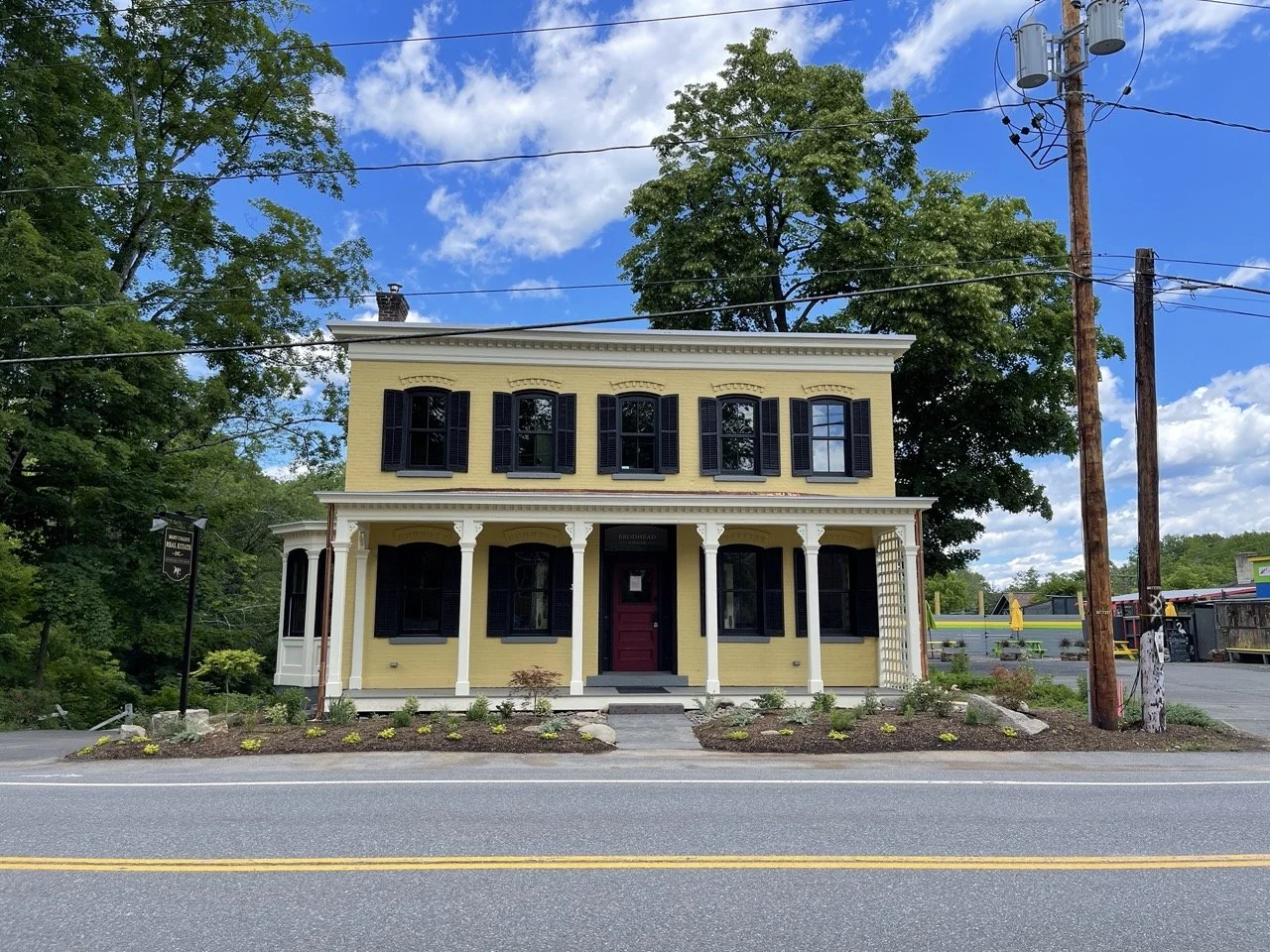The construction industry has shifted dramatically in recent years. Material pricing has stabilized compared to the chaos of the pandemic, but it has stabilized at a new normal. In markets like the Hudson Valley and throughout the Northeast, costs are shaped by hyper-local factors, including labor shortages, regional demand, and high transportation costs.
A new layer of uncertainty exists as well. Tariffs and shifting trade policies continue to influence pricing, especially for imported products like tile, cabinetry, and stone.
Here is what you should know before planning your next renovation or new build.
Start with the Right Expectations
Before you begin planning, get clear on what is driving current pricing. Understanding the market means you can make decisions based on reality, not wishful thinking.
Pro Tip: Do not rely on national "average cost" numbers. Regional labor and material costs vary significantly, and most published data do not reflect accurate pricing here in the Hudson Valley.
Myth #1: "Material Prices Are Back to Pre-Pandemic Levels"
Reality: Prices have not returned to where they were before. Core materials, including lumber, drywall, copper, and hardware, are generally 20 to 40 percent higher than they were just a few years ago, and those increases are here to stay.
Higher manufacturing costs, transportation, and rising wages in skilled trades are permanent market adjustments. Even when some products temporarily drop in price, the overall trend remains upward.
Myth #2: "The Market is Stable Again"
The extreme volatility of the pandemic years may be behind us, but stability is still elusive. Tariffs and trade agreements shift quarterly, sometimes causing imported products to fluctuate 10 to 15 percent in a matter of weeks.
Local demand also drives pricing. The Hudson Valley remains a high-demand area, which keeps labor and subcontractor rates elevated even when some material prices level off.
Myth #3: "If I Wait, I'll Save Money"
Delaying a project in hopes of catching a price drop rarely works. Inflation, steady demand, and supplier updates often push costs higher over time.
The better approach is to plan early, make decisive decisions, and collaborate with professionals who can track pricing trends and advise on when to buy or what to substitute when availability changes.
Myth #4: "Building New is Cheaper than Buying Existing"
In most parts of the Northeast, new construction costs per square foot are significantly higher than purchasing an existing home. Regional labor rates, energy code requirements, and transportation costs drive those higher costs.
However, there is an important upside to building new. Today's energy codes and construction standards produce homes that perform far better than older housing stock. New homes are typically more energy-efficient, quieter, and healthier to live in.
Most existing homes will still require some level of renovation to meet modern standards or personal preferences. Renovations often strike the best balance—updating a well-located property while controlling costs—but for those seeking top performance and the latest building technology, new construction has clear advantages.
How to Navigate Today's Pricing Landscape
Plan Early and Be Decisive
Every month of delay can mean new pricing from suppliers.
Focus on Value, Not Just Cost
Cheaper materials may reduce upfront costs, but can increase maintenance and replacement expenses long term.
Get Market-Specific Information
Work with professionals who understand regional pricing trends rather than relying on broad national data.
Moving Forward with Clarity
Construction pricing is not returning to what it was just a few years ago, but informed decisions and thoughtful planning can help you manage costs effectively. Understanding what drives today's market allows you to set realistic budgets and create spaces that truly work for your life.
This understanding is a core guiding principle at Interrante Design-Build. Work with us to create a project plan rooted in today’s market realities, so every decision moves you closer to the home you want.




